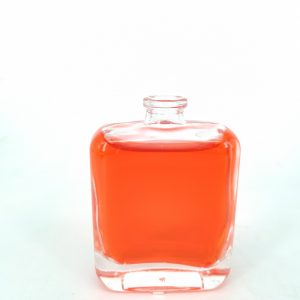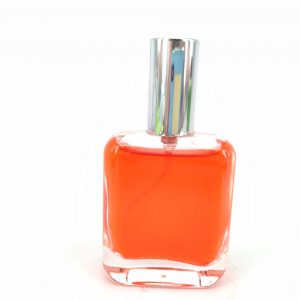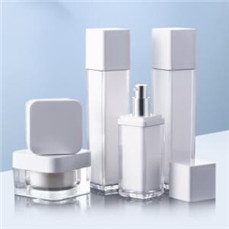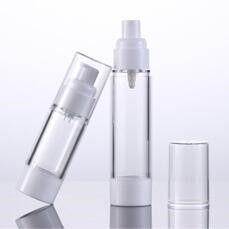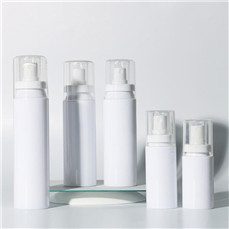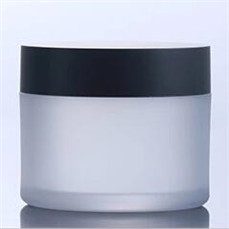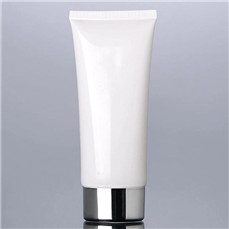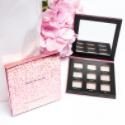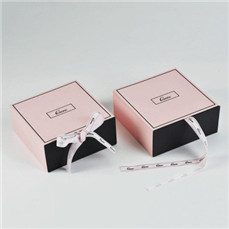The future of cosmetic bottles is likely to be shaped by several key trends and innovations driven by consumer demands, sustainability concerns, and technological advancements. Here are some potential directions for the future of cosmetic bottles:
- Sustainable Materials: As sustainability becomes increasingly important, cosmetic bottles are expected to utilize more eco-friendly materials. Biodegradable, compostable, and recycled plastics, as well as materials derived from renewable resources, will gain prominence to reduce environmental impact.
- Refillable and Reusable Packaging: To tackle the issue of single-use plastic waste, cosmetic brands may adopt refillable and reusable packaging solutions. Refill stations in stores or at-home refill options could become more common, encouraging customers to reuse their bottles instead of purchasing new ones.
- Minimalist and Functional Design: The future of cosmetic bottles may lean towards minimalist and functional design, with a focus on optimizing packaging for convenience and ease of use. Streamlined packaging can reduce material consumption and transportation costs.
- Smart Packaging: Advancements in technology may lead to the integration of smart packaging features such as embedded sensors, NFC tags, or QR codes. These features can provide consumers with real-time information about product authenticity, usage instructions, and expiration dates.
- Personalization and Customization: Customized packaging that allows consumers to personalize their bottles with unique colors, designs, or engravings may become more prevalent, fostering stronger brand loyalty and a sense of ownership.
- Biotechnological Advances: Biotechnological innovations may enable the production of cosmetic bottles from bio-based materials, including bioengineered materials or bio-degradable polymers.
- 3D Printing: 3D printing technology could revolutionize cosmetic packaging by allowing on-demand, customizable production of bottles, reducing waste, and enabling rapid prototyping for new designs.
- Circular Economy Initiatives: Cosmetic brands may increasingly adopt circular economy principles, focusing on materials that can be continuously recycled or repurposed, reducing the need for virgin materials.
- Smart Dosing and Dispensing: Improved dosing and dispensing systems could lead to more accurate and controlled product application, reducing product waste and ensuring better user experiences.
- Antimicrobial and Hygienic Solutions: The future of cosmetic bottles may include antimicrobial coatings or materials to maintain product freshness and prevent contamination.
- Augmented Reality (AR) Experiences: Cosmetic packaging could incorporate AR features, allowing consumers to virtually try on makeup or skincare products before making a purchase.
- Collaboration with Artists and Designers: Cosmetic brands may collaborate with artists and designers to create limited-edition, artistic packaging that appeals to collectors and enthusiasts.
Overall, the future of cosmetic bottles will be shaped by a growing emphasis on sustainability, technological advancements, and a focus on enhancing the overall user experience. Brands that embrace these trends are likely to stand out and resonate with environmentally-conscious and tech-savvy consumers.
